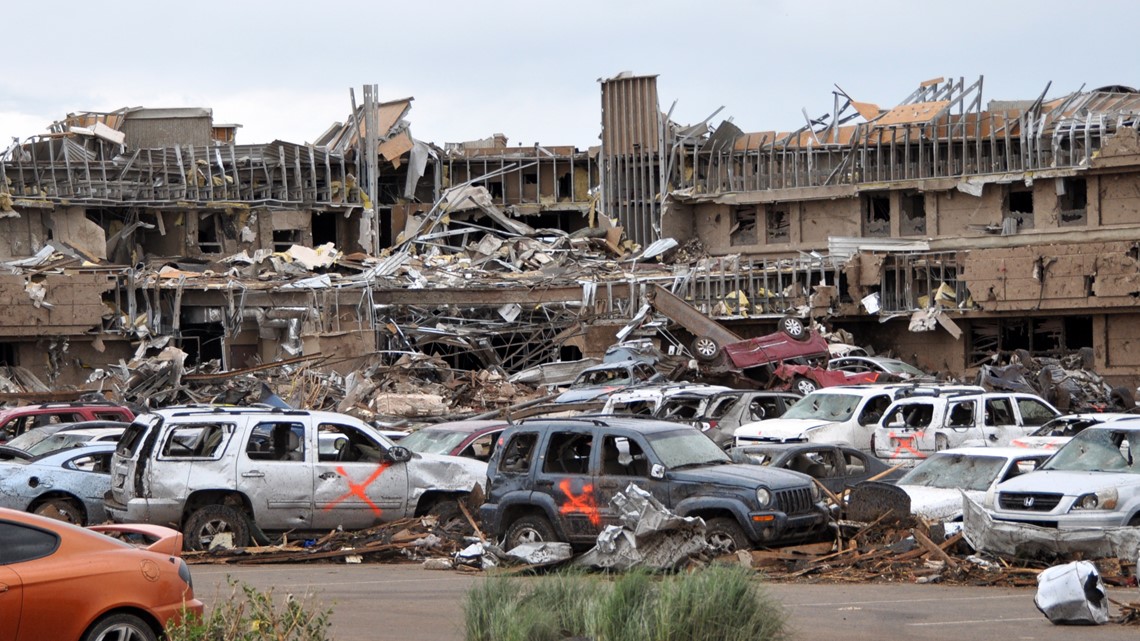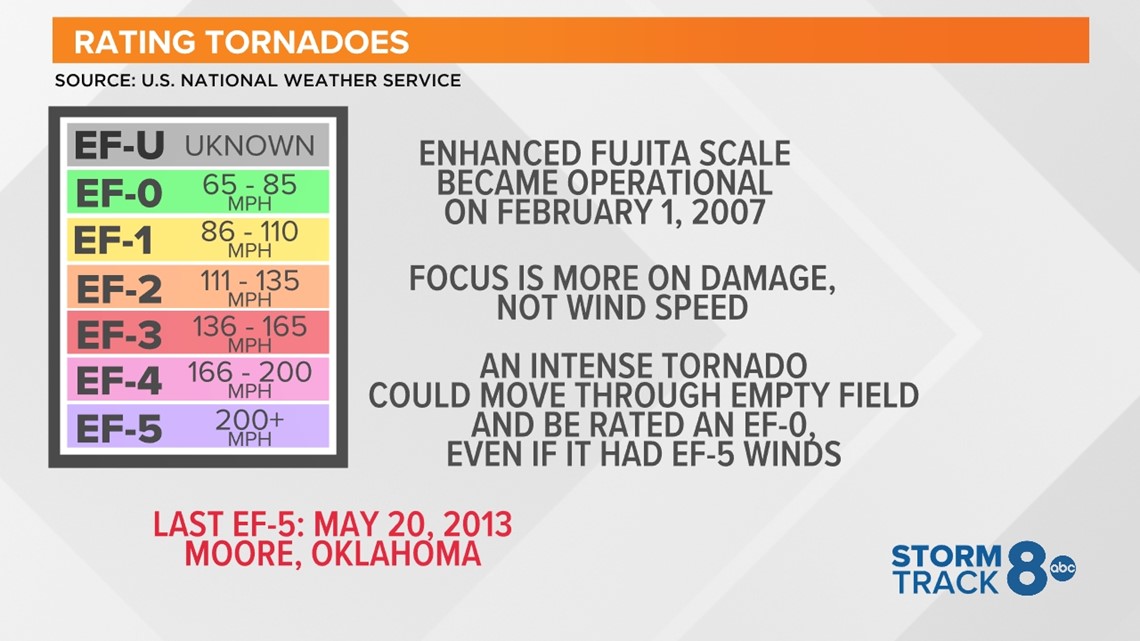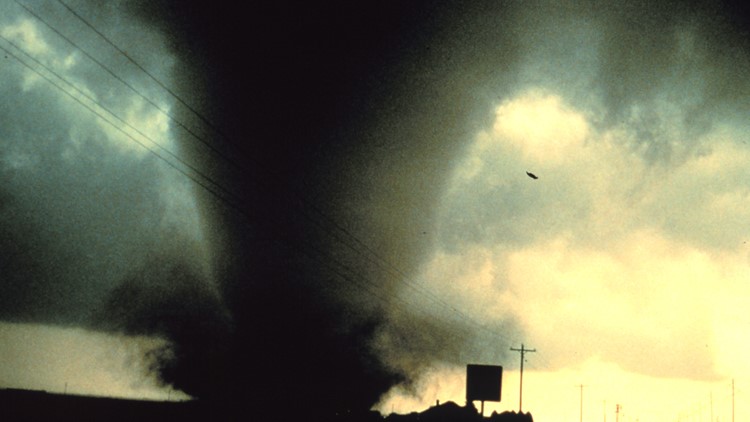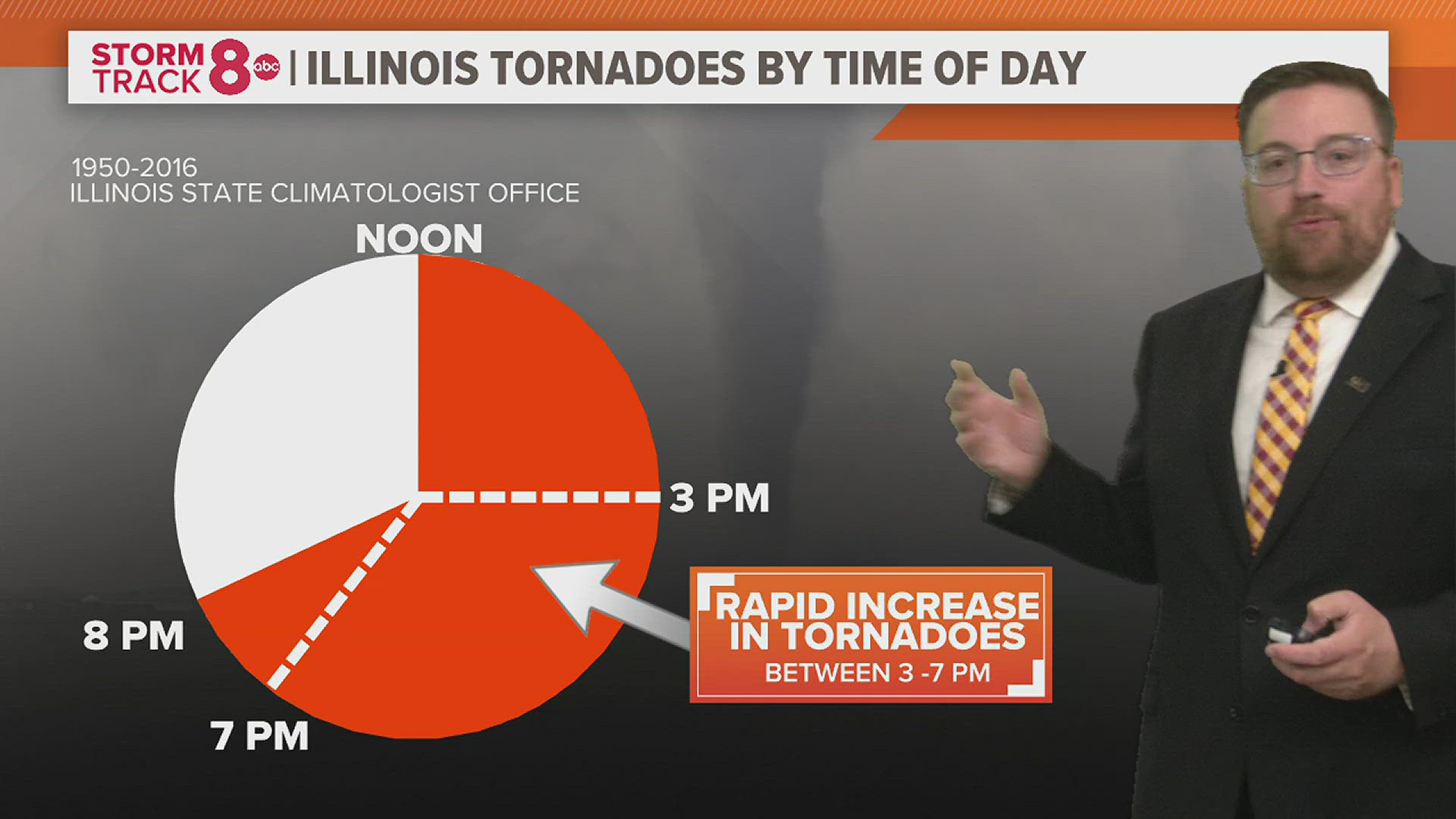MOLINE, Ill. — This upcoming May will mark 10 years since the United States last saw a tornado rated an EF-5, the strongest possible rating using the Enhanced Fujita Scale. That's quite a precedent considering how active the weather pattern has been recently, with several strong tornadoes impacting parts of the southern U.S.
In fact, this current stretch is the longest on record since 1950, beating out the previous time period of May 3, 1999, up until May 4, 2007. So, why the sudden decrease? A factor of the Enhanced Fujita Scale may be the cause. Let's dig in.
When was the last time the United States saw an EF-5 tornado?


It was the late afternoon on May 20, 2013, when a violent tornado tore through the town of Moore, Oklahoma, killing 24 people, injuring more than 200 and causing more than $2 billion in damage. With winds of 210 mph, this tornado was the most recent one to impact the U.S.
Since then, no other tornadoes have officially had this rating up to this publishing.


The Enhanced Fujita Scale may make it more complex for tornadoes to achieve this most violent rating. Unlike the original Fujita Scale, which only used wind speed to determine the strength of a tornado, the Enhanced Scale relies more on the amount and types of damage that these tornadoes produce.
For example, you could have a very violent tornado with winds in excess of 200 mph roll through an open farm field, not impact any buildings or structures, and receive a much lower rating than an EF-5 simply because there is no damage to observe.
More work is currently being done to further improve the Enhanced Fujita scale, including incorporating more wind data, especially from sources like the Doppler on Wheels.
Have a question you would like me to answer for an upcoming Ask Andrew segment? Submit it, here.
WRITE
WRITE



